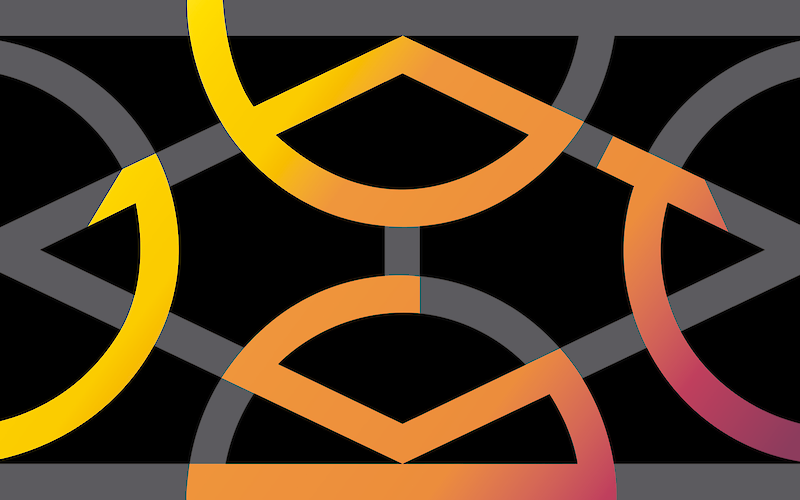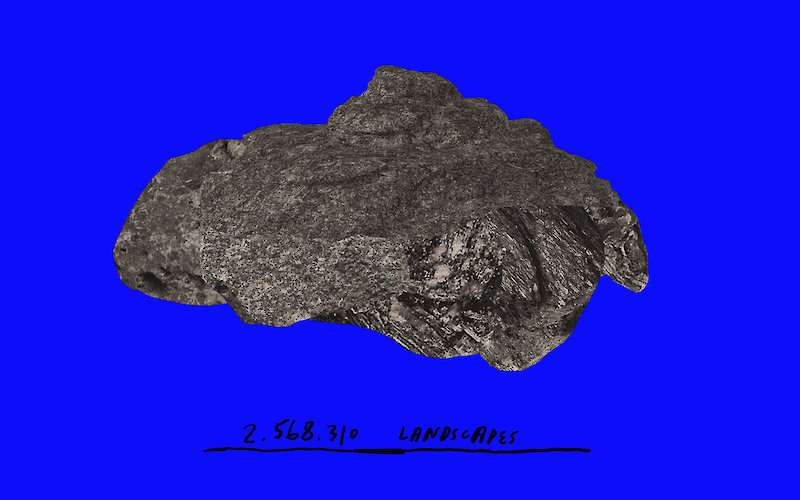Transforming the Physical Environment
The security measures derived from the pandemic have forced us to rethink spaces, experiences and relationships, not only between people but also between people and space. Access to culture and the artistic experience itself now require new scenarios and approaches.
Although virtual reality is not a new phenomenon, in the current context its prominence is inevitable. We have transferred many of our physical and everyday experiences to the screen, and access to knowledge and culture has also been relocated to the virtual environment.
How can you describe a building without ever having seen it, without having walked through its doors?
Transforming the Physical Environment has asked twelve Spanish creators to define our building without visiting it first, at least not in the traditional sense. To do this, the artists will work on the intervention of a photograph of the façade of the building which will be placed in the garden.
The sensitive experience will be replaced by research and the possibility of generating intuitive knowledge, interpreting the architecture with values that go beyond form and extend to narrative or historical approaches or the relationship/interference with the environment.
Spectators will complete this project through active contemplation, where the layout of the piece shall allow the image and the façade to be observed simultaneously while also encouraging the viewer to look for differences and games between what can be seen in situ and the reading made by the artist. The piece is not a fixed composition, but a dialog between the real thing and its representation.
The selected artists are looking for radically different gazes and working environments: (Hybrid) approaches from the visual arts, design, drawing, architecture or mediation. However, a certain common ingredient can be seen in all of them: a playful and curious spirit that places the attention on processes and relates to everyday materials; a sensitive, warm and affectionate approach; one that is kind, even domestic. Whether it is in a more evident or more veiled way, all of them show an interest in space, understood from the architectural or the narrative point of view, from the traditional limits of representation, or from the relationship with the city and the environment.
HEY Studio (April 2021), Iñaki Chávarri (May 2021), E1000 (June 2021), Luis Úrculo (July 2021), Tamara Arroyo (August 2021), José Ramón Ais (September 2021), Colectivo ¡JA! (October 2021), José Quintanar (November 2021), Yolanda Mosquera (December 2021), Javier Jaén (January 2022), Susana Blasco (February 2022) and María Jérez (March 2022) have come up with twelve different answers to the same question, constructing a multi-faceted and multi-linear narrative of our building, in which the distinctive profile of its walls is completed with the forms that have shaped its history and its uses.
—Ana Bustelo, curator












